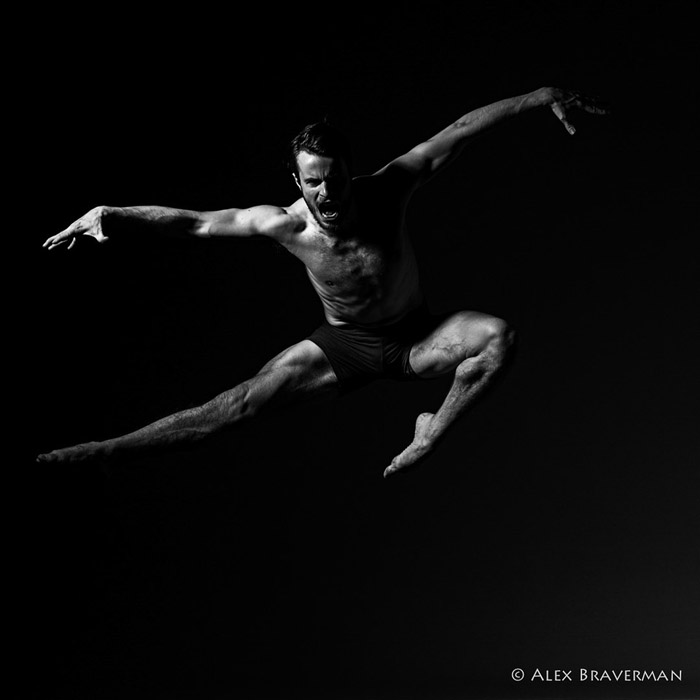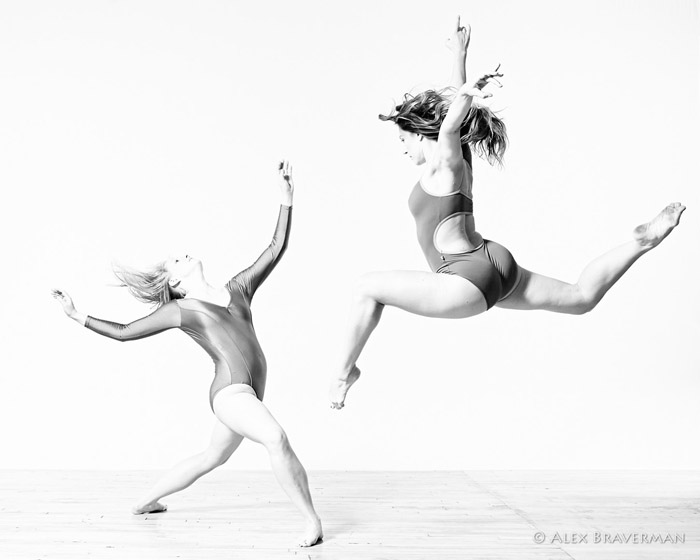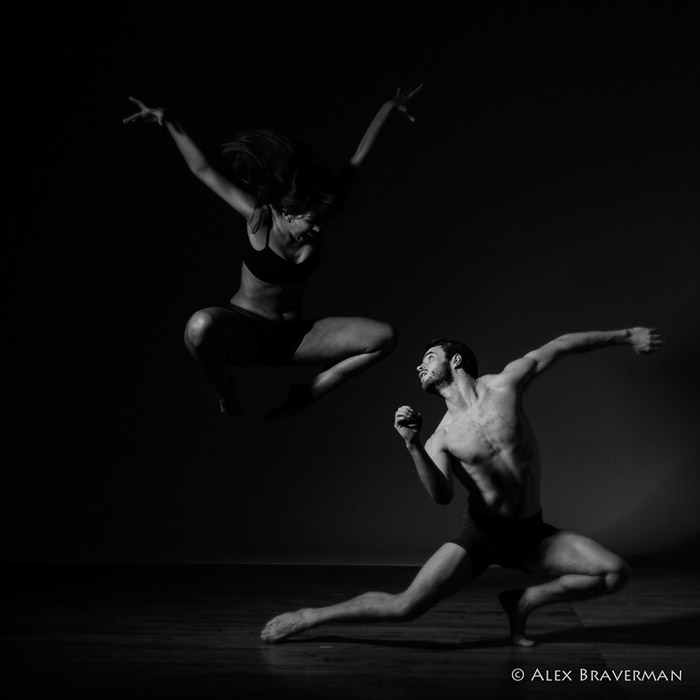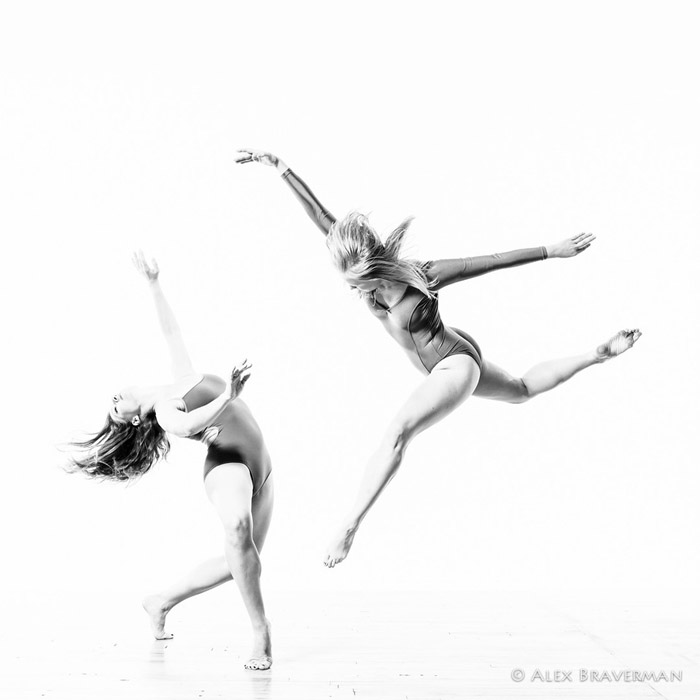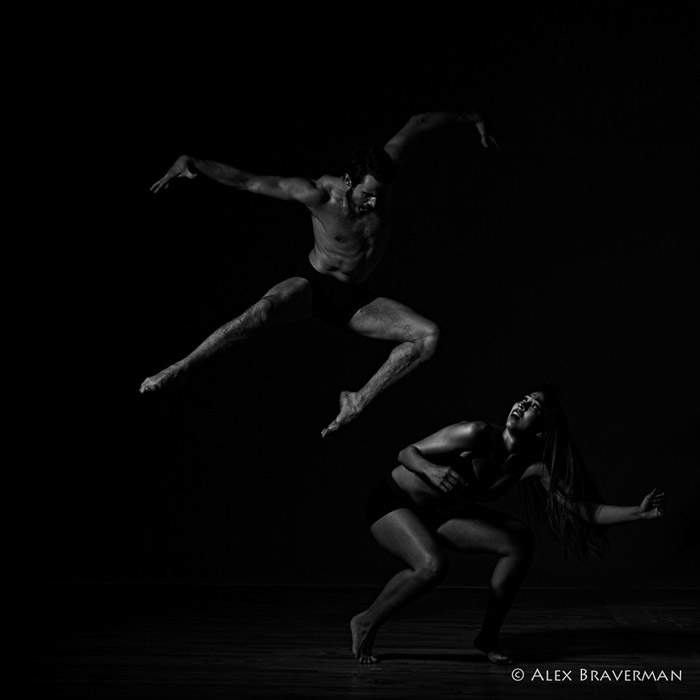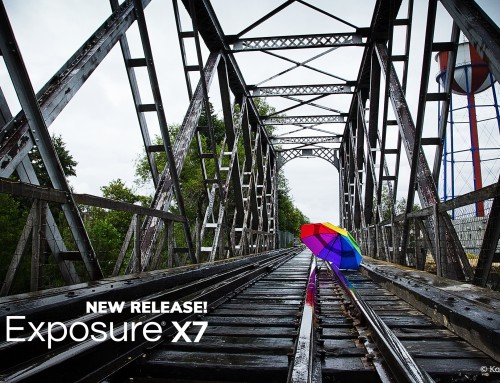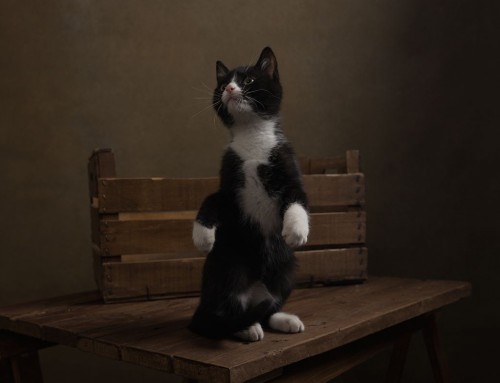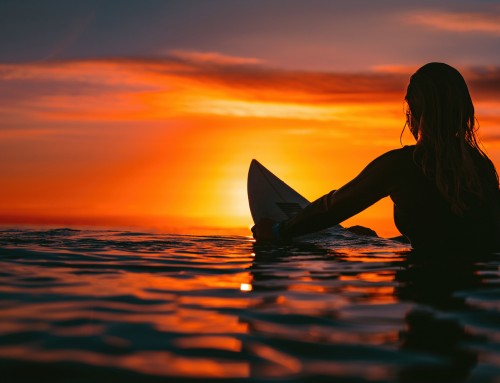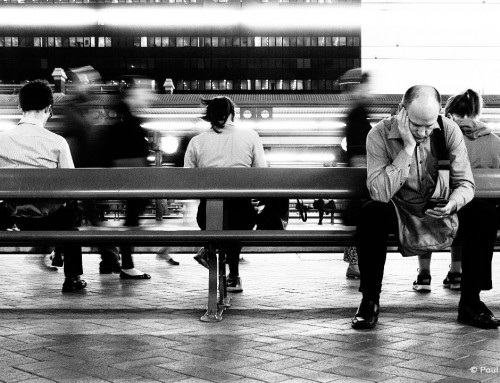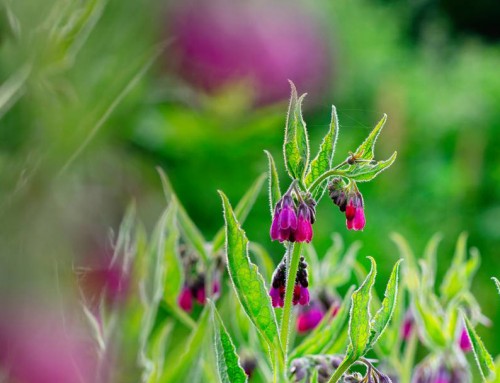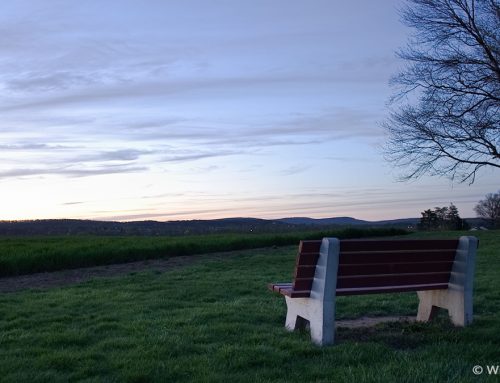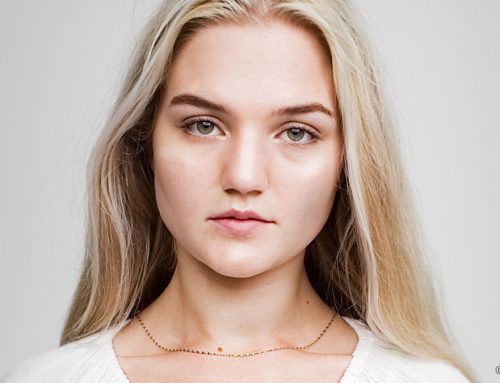Today Alex Braverman hardly does anything other than photography, especially black and white dance photography. If you bumped into him a few decades ago, this was not the case. Alex was a business executive and a self-proclaimed “computer geek” for 30 years before he became overwhelmed with the desire to take photos. He’s been sleeping with a lens under his pillow for over a decade now, always looking for the next thing to shoot. Recently he won the 2015 Portfolio Award for Dance Photography from B&W Magazine.
Exposure helped make the magic of Alex’s black and white dance photography possible. He’s been a long-time user of the software since its release back in 2006. According to Alex, “Exposure allows me quick and efficient experimentation, which helps me zero-in on a particular look for my work.” Without it, he would have spent months instead of hours perfecting his craft. Time alone would have forced him to settle for less. He shares more about his work and workflow in the article below.
I was born in Lithuania and immigrated to Israel in 1973. After earning a degree from Hebrew University of Jerusalem, I was an officer in Israel Defense Forces, and then lived in South Africa for 16 years. My math and computer science geek background turned me into a rather successful executive with all things systems and networks.
Then my focus shifted with an urge to do photography. I enrolled in the New York Institute of Photography when I was 52. I graduated with the Merit Award and then traveled around the world with a travel photographer. Now I teach workshops through Plato Photo Academy—occasionally I lead PPA Super Mondays.
I also started a small drone distribution company.
Most of my photos have an Exposure layer. I use Lightroom like I’m processing film and Photoshop for processing the print, but Exposure is always the first step. My favorite features in Exposure are for black-and-white conversion. Infrared really have my attention lately.
For me Exposure is not just a time-saving mechanism — it oftentimes will directly influence the final piece. It is possible to achieve nearly the same result by judicious application of Photoshop’s tools, but the process is lengthy and cumbersome. Also, in Photoshop the breadth of possibilities cannot be easily visualized or explored. Exposure serves as a basic pre-fab gallery giving me instant feedback to make design choices. Then I can augment the look for my photo by taste. Over time, I have a dozen or so of my own presets that help my process my black and white dance photography. They range from Hi to Low key, Halation control, and major type of behavior (contrasty, moody, glowy).
Broncolor studio lighting is my favorite accessory. When I am working with clients and trying to get them at ease in front of the camera, I crack a joke. Other than accessories and software, my sense of humor helps me the most.
Try Exposure Today


